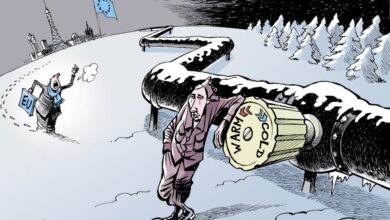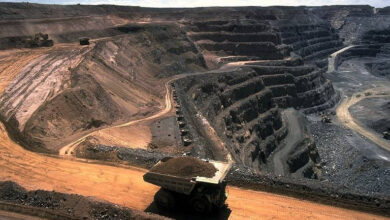Dry Air Storm Hits Western Washington

How do I put this tactfully?
Have any of you noticed any dry or cracking skin?
Or perhaps a parched mouth at night, requiring a sip of water?
I have and I know exactly why it is happening:
Desiccating, easterly downslope flow moving from eastern Washington into the coastal regions has occurred repeatedly during the past week.
A dry storm if you will. The Northwest version of the Sahara.
Consider the outdoor relative humidity at Seattle Tacoma Airport during the past week. Under 50% for nearly a day–dropping as low as 30%! A day before it got down to similar levels.
Portland (below) was even worse, with additional low-humidity episodes earlier in the week. There is a reason Portland is so bad…and it has to do with the Columbia Gorge (more later).
But these are just point values, let me now show you the lowest relative humidities that occurred in Washington and British Columbia on Friday (below).
Amazing. A large portion of northwest Washington and British Columbia had relative humidities dropping into the 20s! No wonder skin my need some ointment!
As you might expect, the uber-skillful UW WRF modeling system predicted the dry storm well in advance, as shown by the relative humidity prediction for 10 PM Thursday (below)
The map below shows sea level pressure, near-surface winds, and lower-atmosphere temperatures at around 2500 ft ASL(color shading, blue and purple are cold) at 7 AM last Friday morning. Cold, dense air to the east produced high pressure, while a Pacific low-pressure center was offshore. There was an intense pressure difference over the Cascades due to cold air banking up on the eastern slopes of the barrier.
Over terrain, air near the surface tends to move nearly directly from high to low pressure, and thus the pressure difference forces strong easterly (from the east) winds. Some of the winds moved directly over the mountains, while in places with gaps (like the Fraser River Valley and Columbia Gorge), cold air moved westward within sea level in the gaps.
The cold air has low amounts of moisture since cold air holds far less moisture than warm air. As that air from eastern Washington crossed the Cascades and then descended the western slopes of the barrier, the air was warmed by compression, which caused the relative humidity to plummet.
Why?
Because relative humidity is the ratio of the amount of water vapor in a sample of air divided by the maximum amount it can hold. Warm air can hold more water vapor than cold air. Thus, relative humidity plummets for warming, sinking air.
The effects of downslope flow is the reason why the lowest relative humidities were downstream (west) of the terrain crest in the figure above.
The future outlook for relative humidity? Good news….no more dry storms on the horizon.

.png)
.png)








